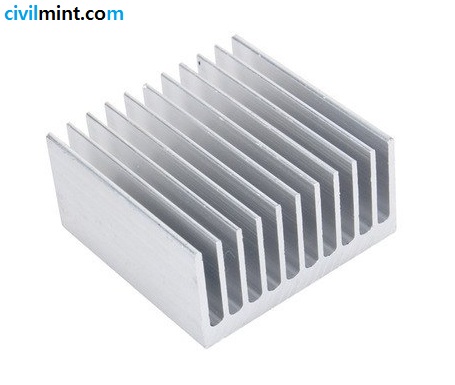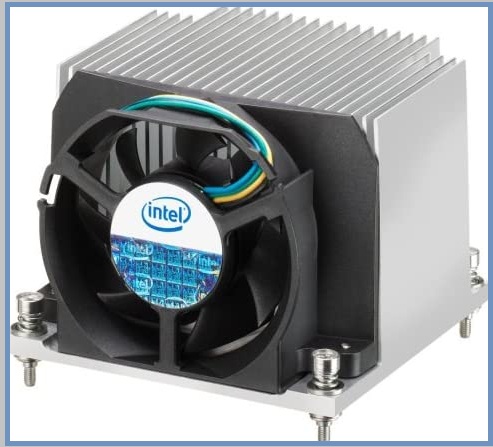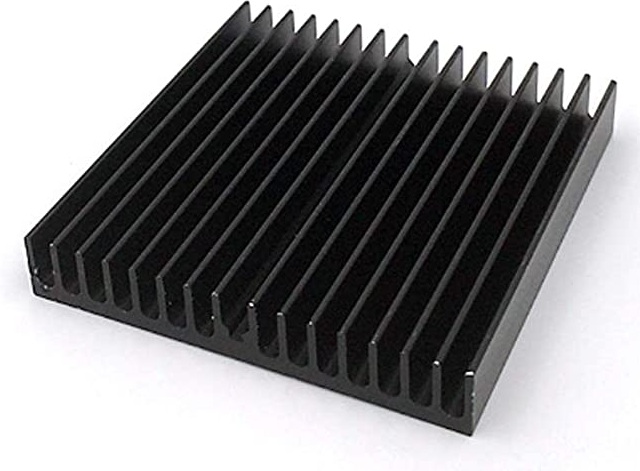The heat sink is a passive heat exchanger that transmits the heat produced through the mechanical or electric tool to a liquid (commonly coolant or air) wherein the heat dissipates far from the equipment. This permits you to adjust the temperature of the device. The heat sink completes this procedure by growing the operating floor vicinity of the device and the quantity of low-temperature fluid that flows thru the prolonged floor vicinity.

The heat sink is built of good heat-insulating material. Most regularly it interfaces with an electronic gadget to remove the unwanted intensity.
The working of the heatsink depends on Fourier’s law of thermodynamics. As per this law, when the object has a temperature gradient, heat is transmitted from the hot component to the cold component.
There are three distinct techniques for heat move that are conduction, convection, and radiation.
The conduction process is done when two objects at different temperatures come into contact with each other. This incorporates crashes between the sluggish atoms of the virus object to the quick particles of the hot article. Because of the temperature distinction, the intensity moves from the hot to the cold object.
Therefore, heat sinks transmit heat from hot components to cold components.
Table of Contents
Types of Heat Sinks
- Active Heat Sink
- Passive Heat Sink
1. Active Heat Sink
When a heat sink operates with a fan, it is known as an active heat sink. in normal computer processors, the fan is mounted directly above the heatsink. Active heat sink utilized electricity for the cooling process.
Active radiators are utilized in the liquid cooling process. These basically heat sinks with a structure on top that significantly increases the available surface area for dissipating heat to the surrounding air. They are more efficient than heatsinks but more expensive to manufacture and take up more space to install.

2. Passive Heat Sink
In this type of sink, there is no fan. It does not consist of any mechanical. Due to the unavailability of mechanical parts, there is no maintenance needed. it is very durable and long-lasting.
The passive heat sink consists of finned aluminum. The discharge of heat follows the rule of convection. Adequate and steady airflow is maintained between the ribs to ensure the stability of the device.

